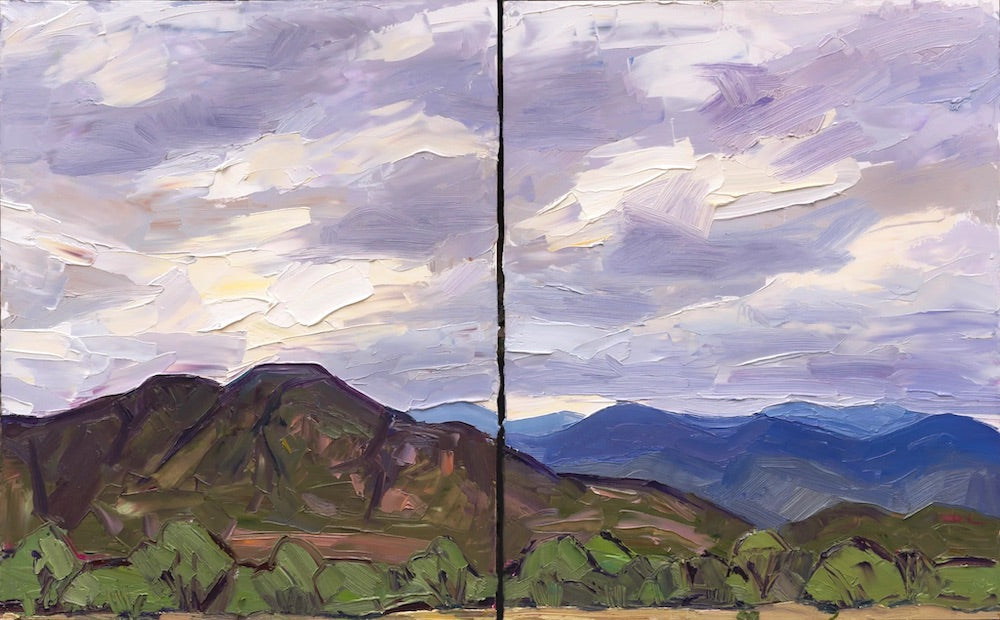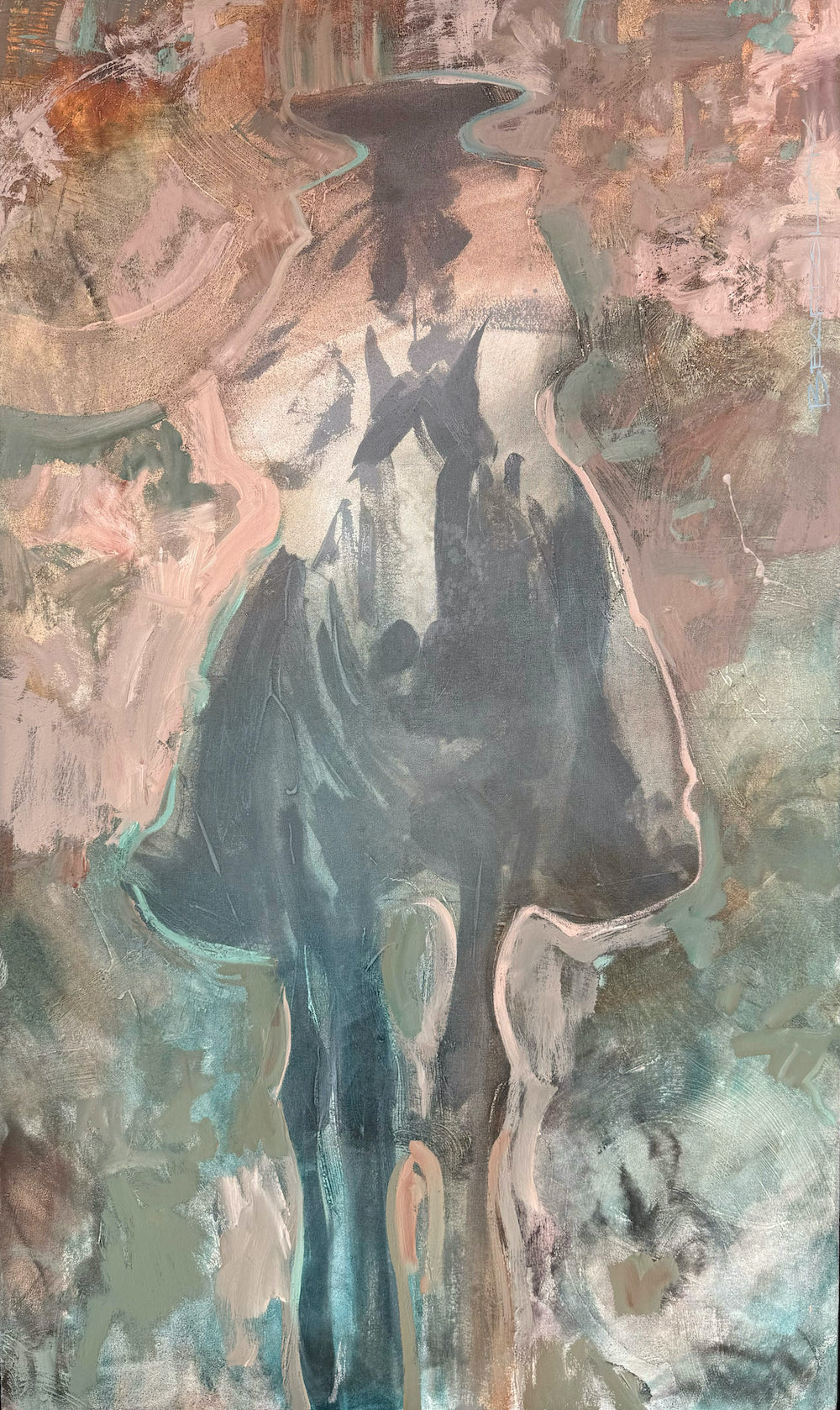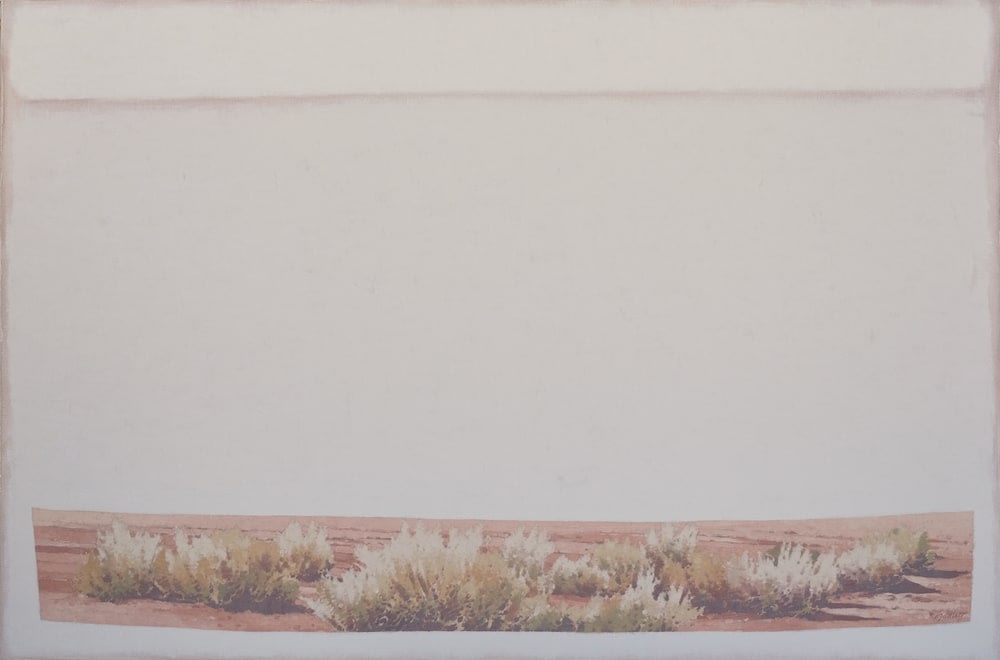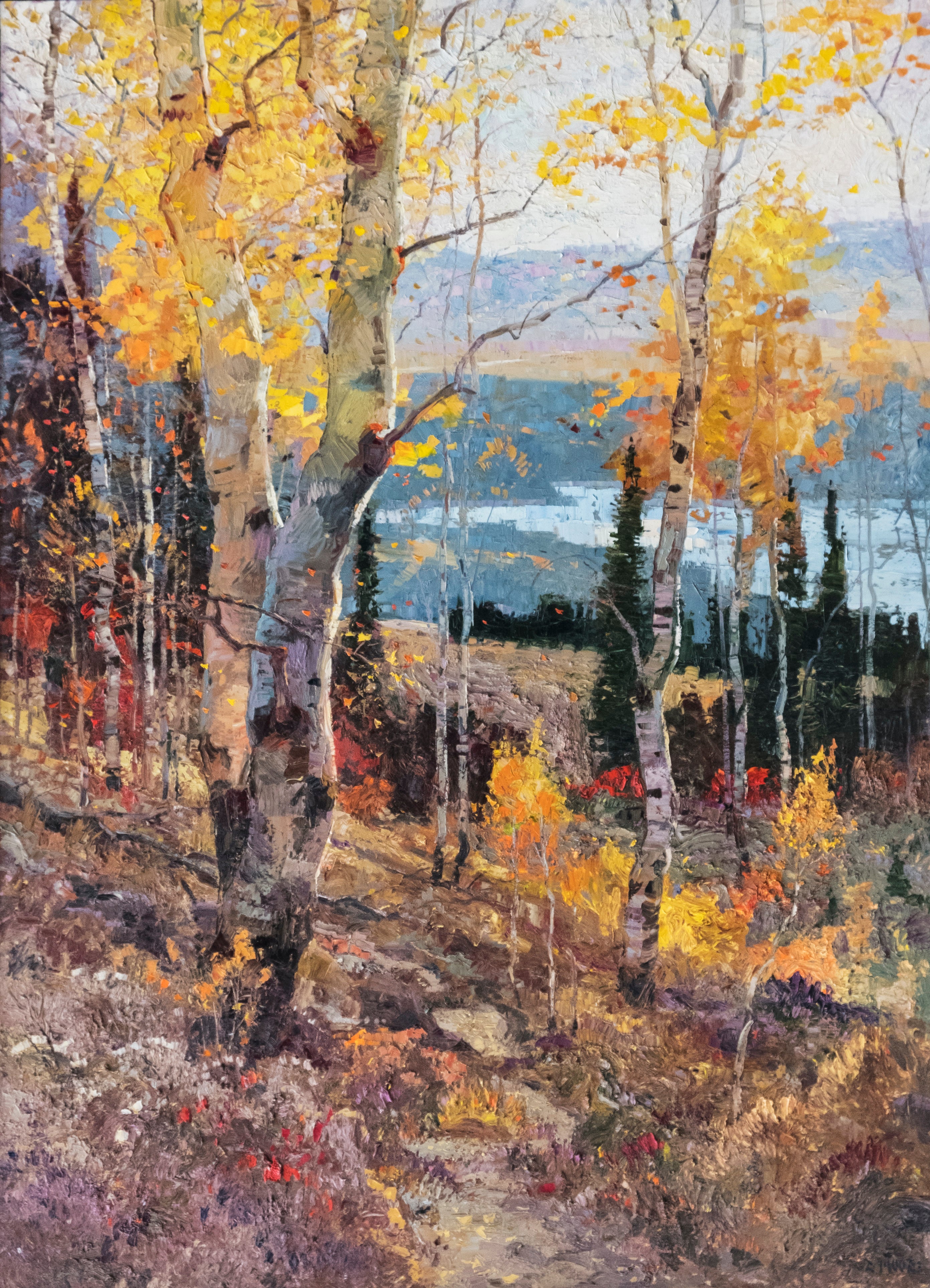Altamira Fine Art offers delivery and installation to our local Jackson and Scottsdale residences, but what if you’d like to learn for yourself?
We’ve got you covered in the next few pages. Here is everything you need to know about hanging and installing your new favorite work.

When you bring home a new painting, the first thing to consider is its role in your residence. Context is everything, because the other elements in your space should influence how the work is displayed. Will it shine as a statement piece in a minimal design? Will it hang in addition to other works on the same wall? Does it fill the last empty spot in an otherwise full room? This planning will align your visual interests with the technical design.
Large-scale paintings (40” x 40” or larger) are generally valued as statement pieces centered on a fairly empty wall, so that your eye is drawn to the piece without visual overcrowding. For example, this lovely installation of Duke Beardsley’s “Owly”.


If you’re working with multiple small-scale pieces (30” x 30” or less), a great way to display them is in a collection. Similar work hung together evokes harmony and rhythm in the space. For example, these Jared Sanders pieces complement each other in our recent foyer installation.


Once you’ve established the general wall area, we recommend getting technical. Your eyes can play tricks on you, so trust the ruler. If a large painting takes up the wall, we measure the entire wall and find its exact center, then align it with the center of the painting (shown below). The central placement of a painting may vary depending on how many works/fixtures are on the wall, or you may prefer it off center in the room.
Now for the difficult part! To hang the work at an average eye level on an empty wall, The standard rule puts the middle of the piece’s height at 60 inches from the floor. When hanging multiple paintings, this ensures that each one’s height appears equal.

To measure for the height mark:
1: Use a ruler to measure the painting’s height (ex. 40 inches tall)
2: Divide by two (ex. 20 inches)
3: Subtract that number from 60 inches (ex. 60 - 20 = 40)
4: The bottom edge of our painting should measure to that height from the floor (ex. 40 inches from the floor). In other words, the center of your painting should be exactly 60 inches from the floor.
5: After marking the top of the painting with blue tape, measure from the top of the frame to the taut wire placement where the screw will be hung, and tape the mark at the same measurement on the wall.

Once the height is established, it is time to hang!
We use picture frame hooks to ensure a sturdy hang. One hook should hold the weight of a piece from its wire. If it is a larger work, we recommend hanging it with two hooks in both D-rings, which are the metal rings on the outer edge of the frame that hold the wire. This is where precision is key, because the width between rings has to be measured exactly for the screws to fit, and they have to be exactly the same height for the painting to be level. Make sure to use a level to double check!
Now that we have covered the technical aspects of hanging, the most important part is that your new artwork flows with the home. Technical details can be adjusted to fit your vision, but we hope this post gets you started on the right track. Please enjoy these installation pictures from Altamira Fine Art!





Lydia Wilkes | September 11th, 2024







